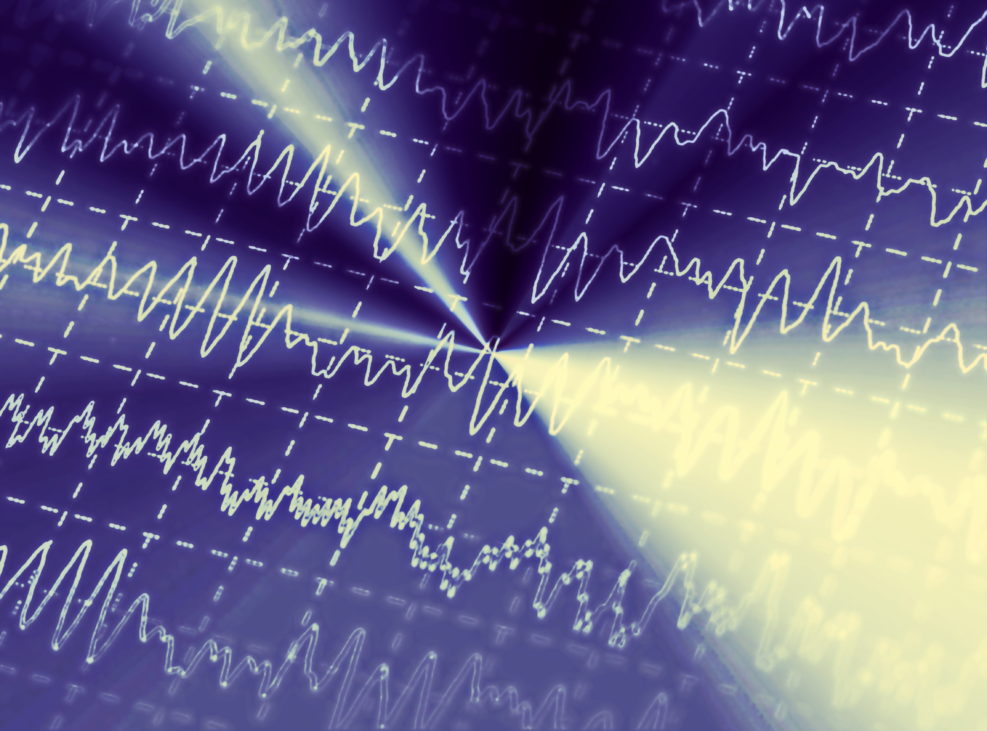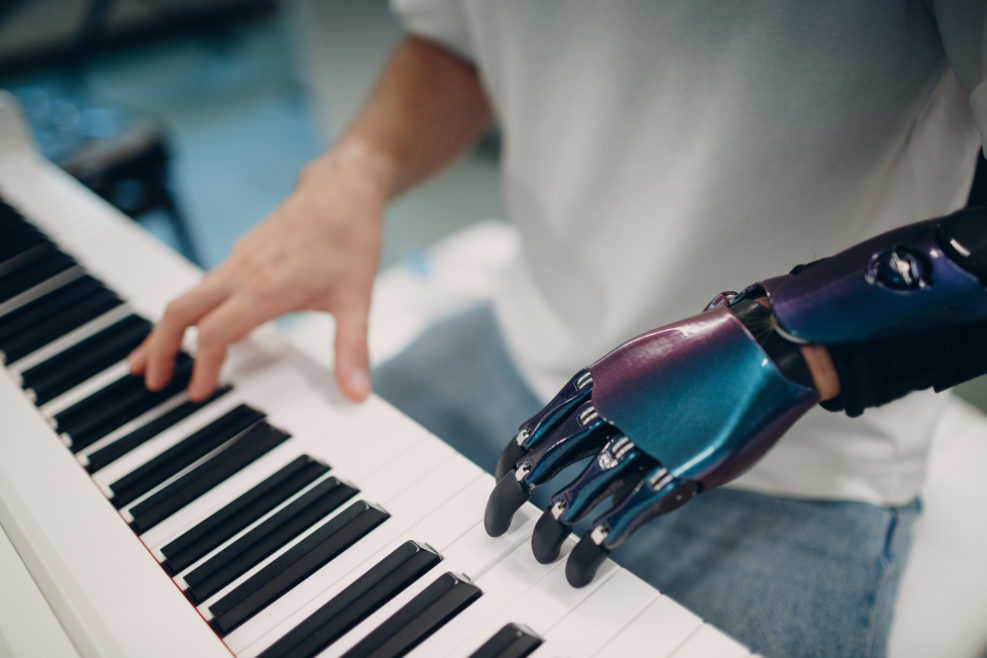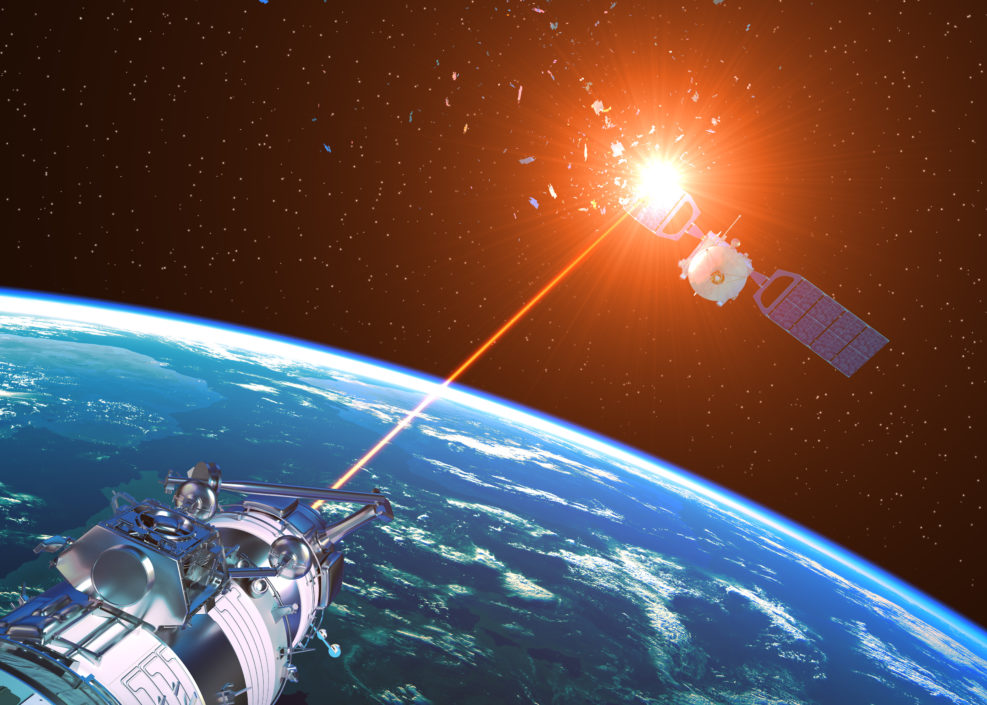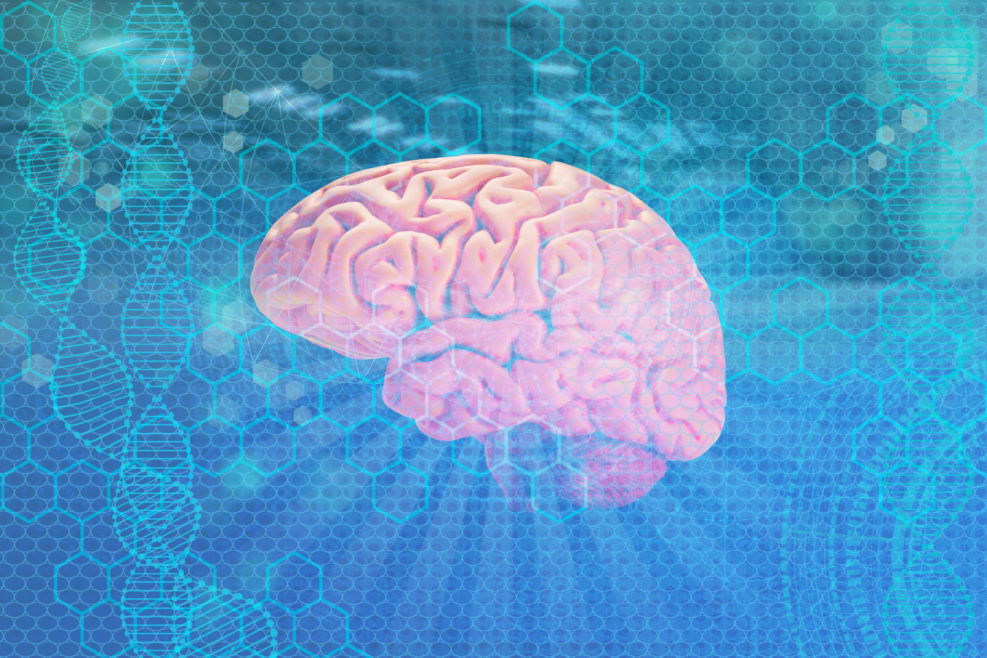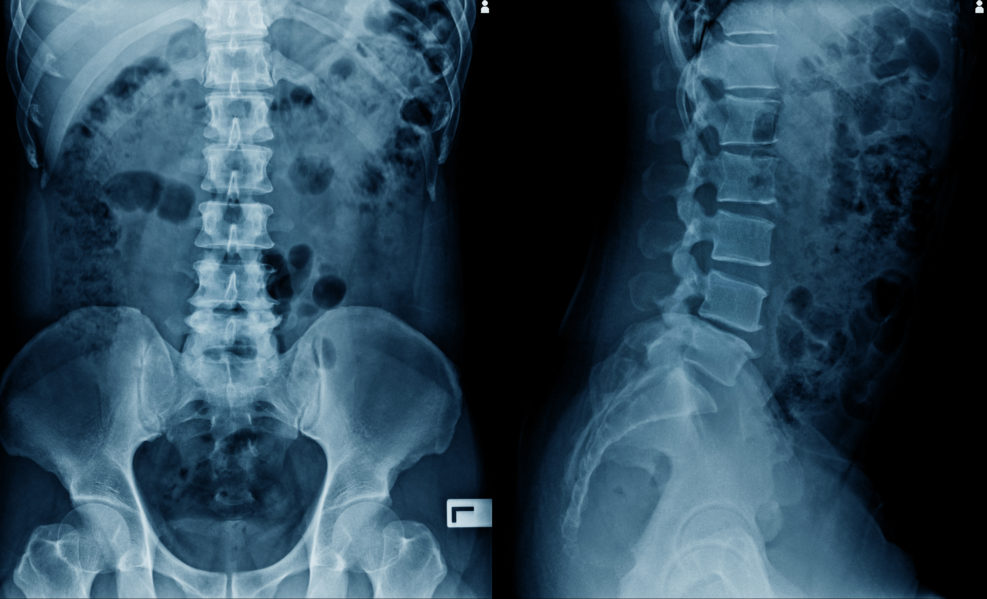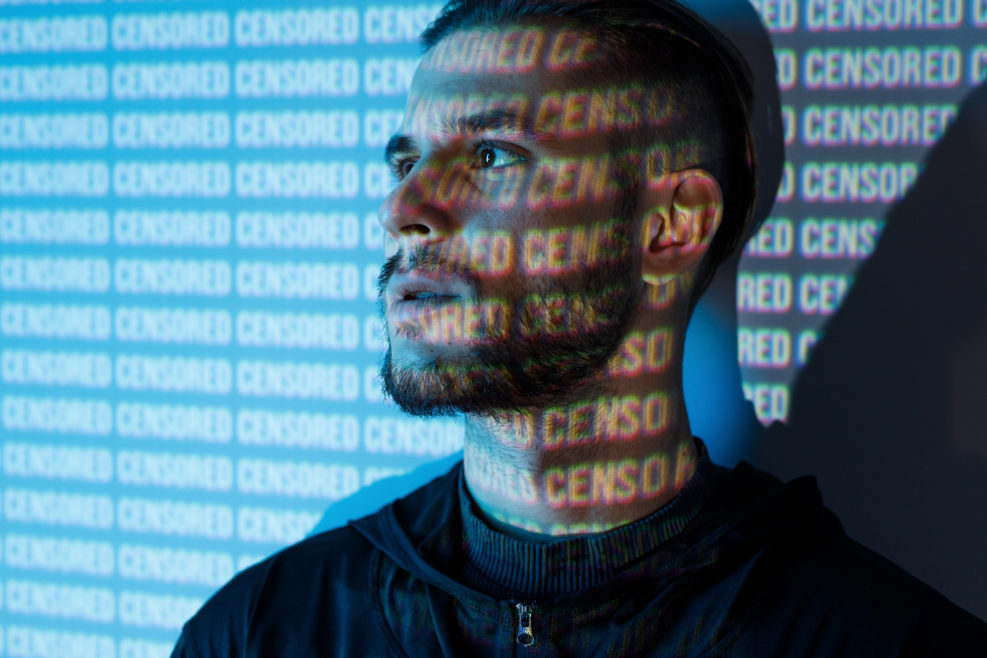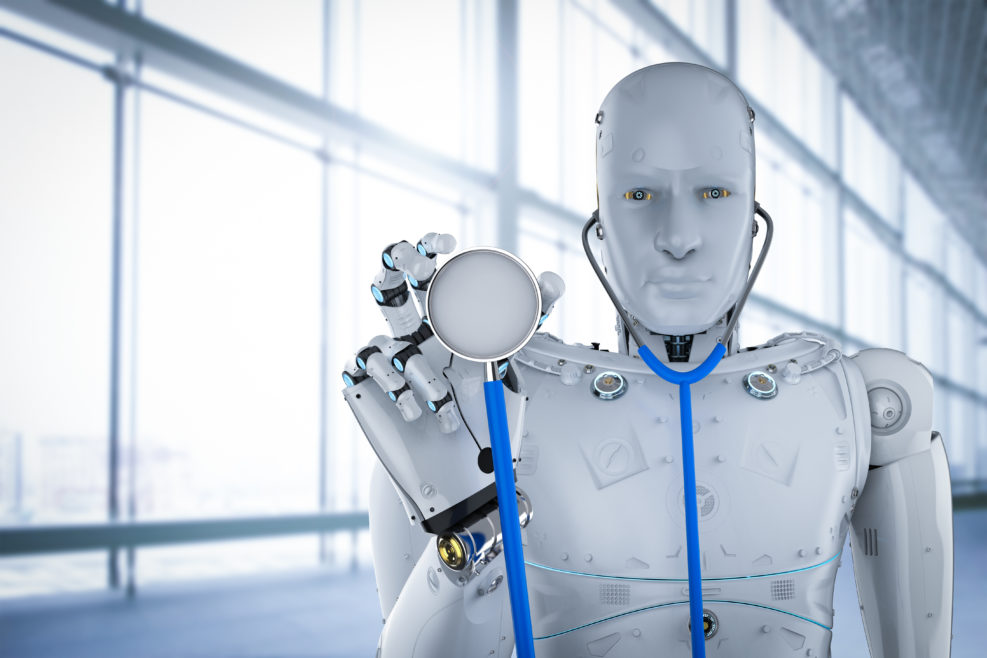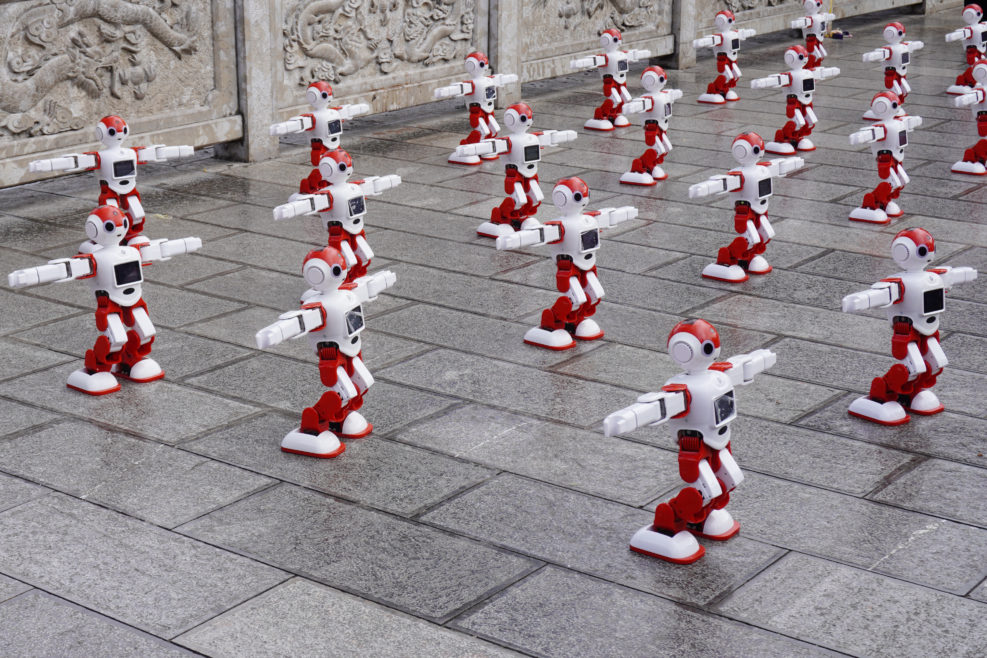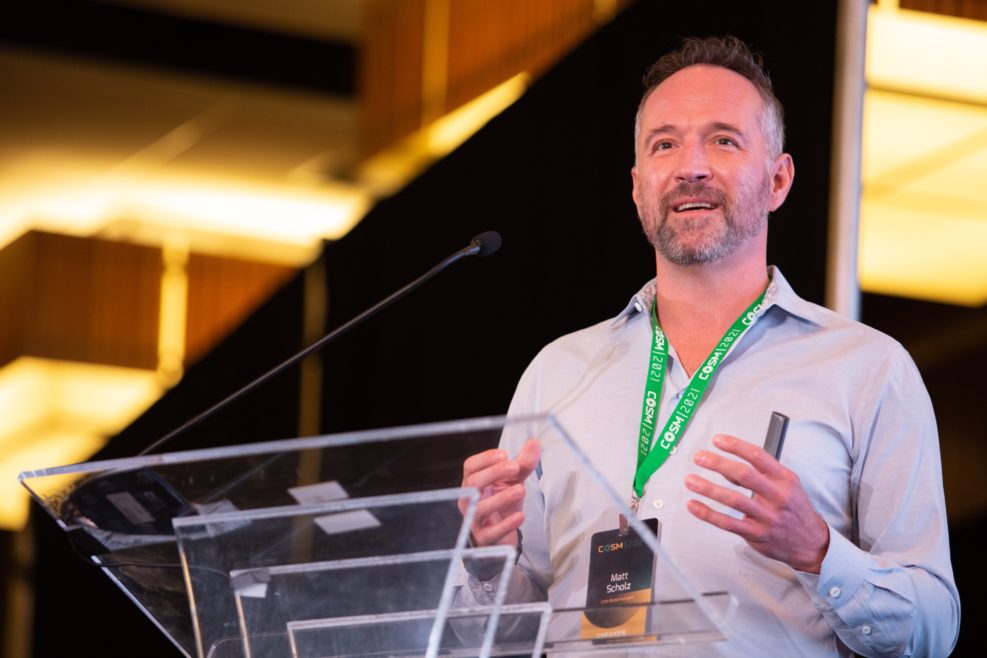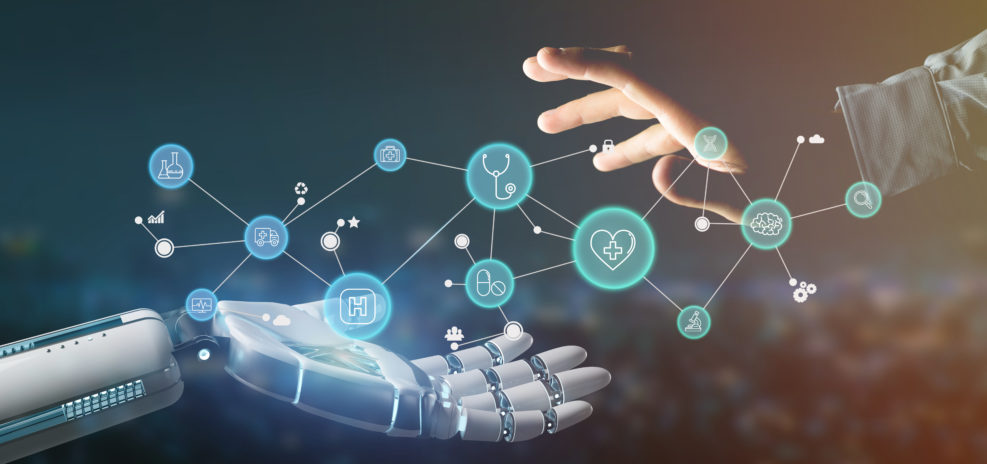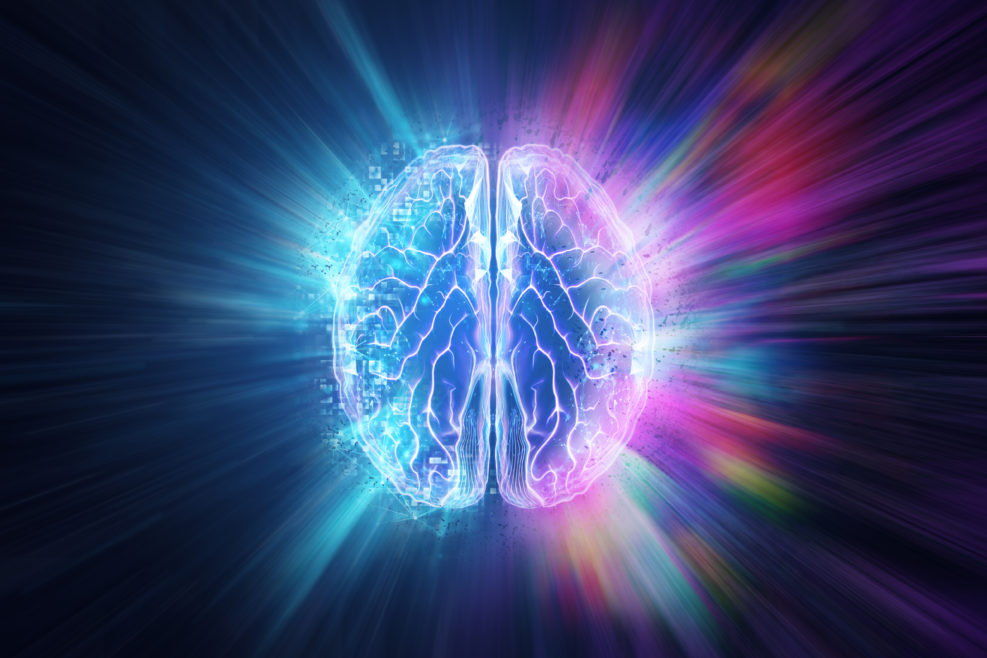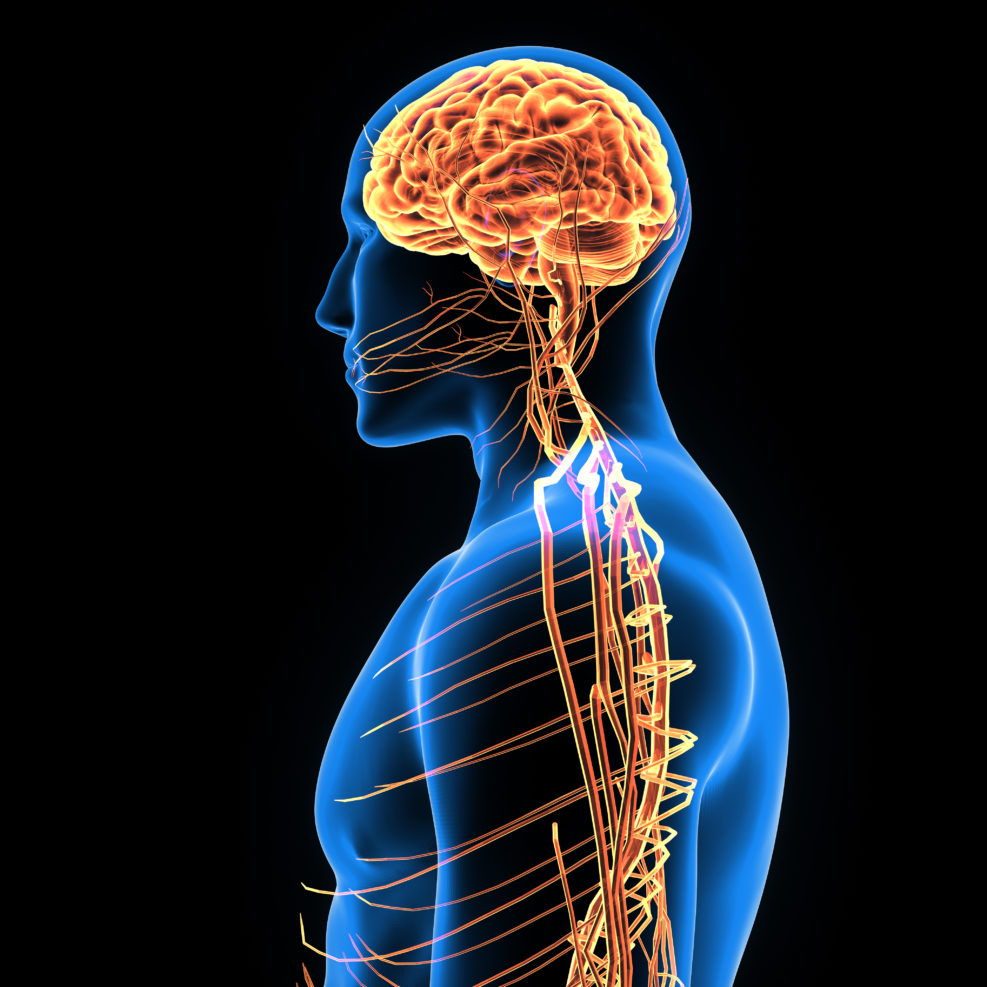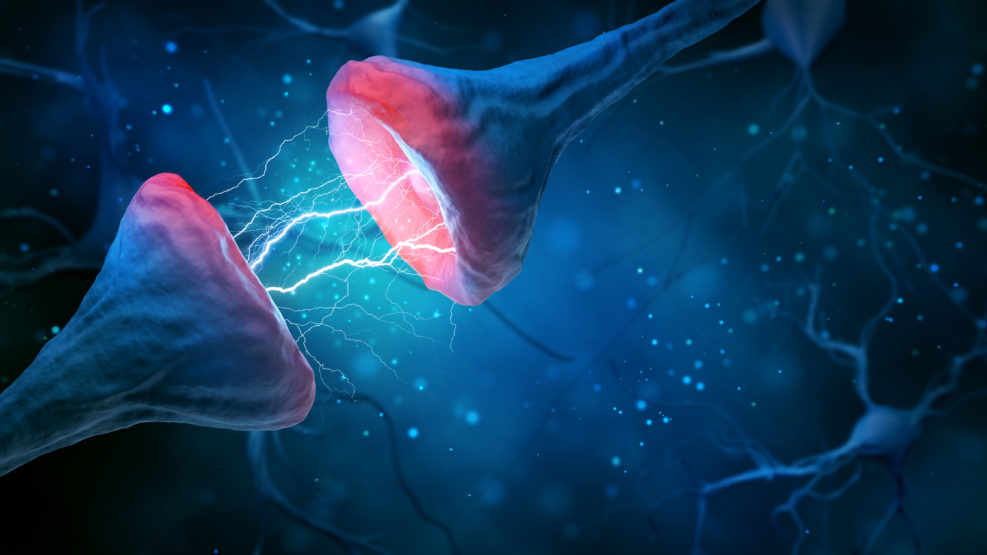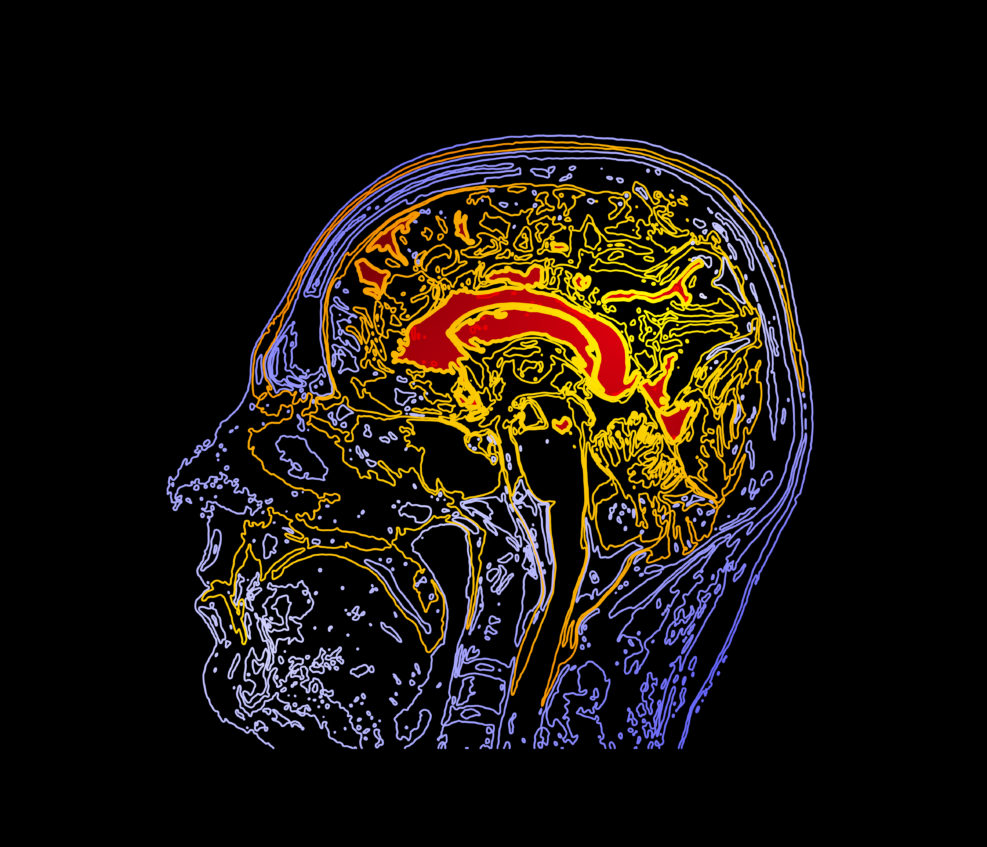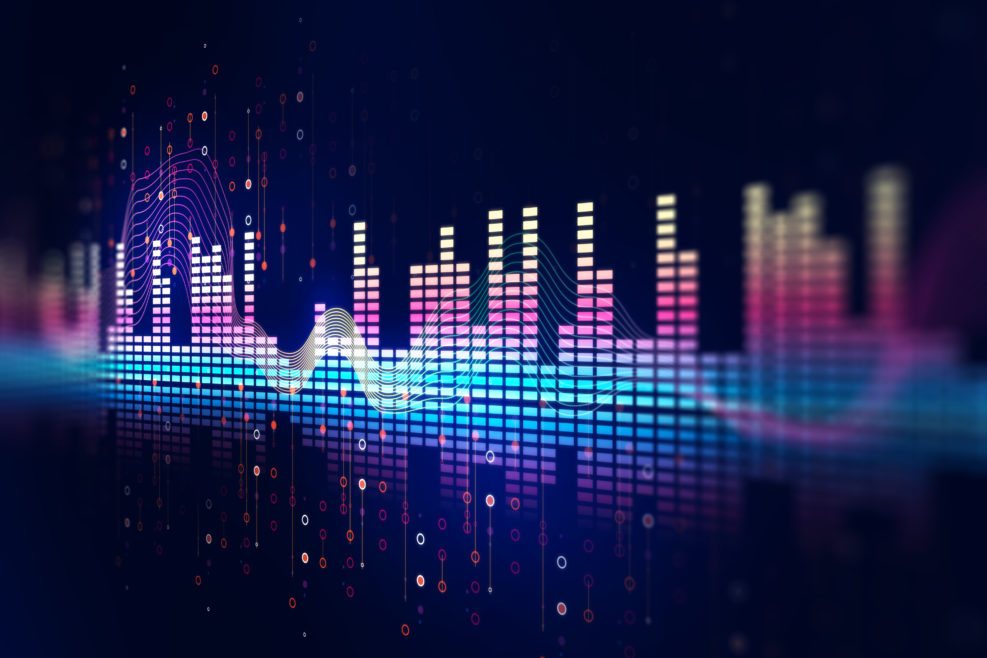
Researchers: Ultrasound Can Control Neurons, Bypassing Implants
A Salk team is researching it, not just to control mice but to control cells now controlled by pacemakers, insulin pumps, electrodes, and other therapiesLight has been used to turn cells on and off for over a decade. The process, called optogenetics, can be therapeutic but because light can’t get through tissues, the light source must be embedded in the skin or beneath the skull. A new method, sonogenetics, which means using sound instead of light to control cells, may show promise in regulating pacemakers and insulin pumps, among other things: In a new study published today (February 9) in Nature Communications, researchers report they’ve found a way to use ultrasound to noninvasively activate mouse neurons, both in culture and in the brains of living animals. The technique, which the authors call sonogenetics, elicits electrical activity in a subset of brain cells that have Read More ›
